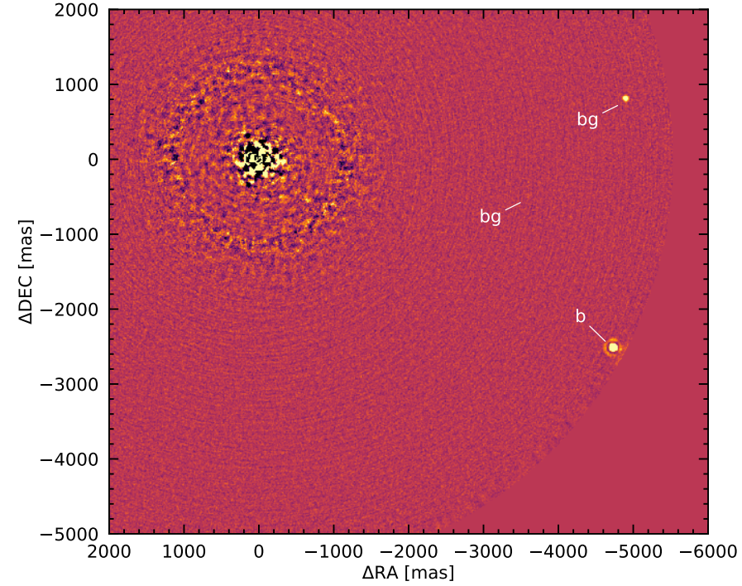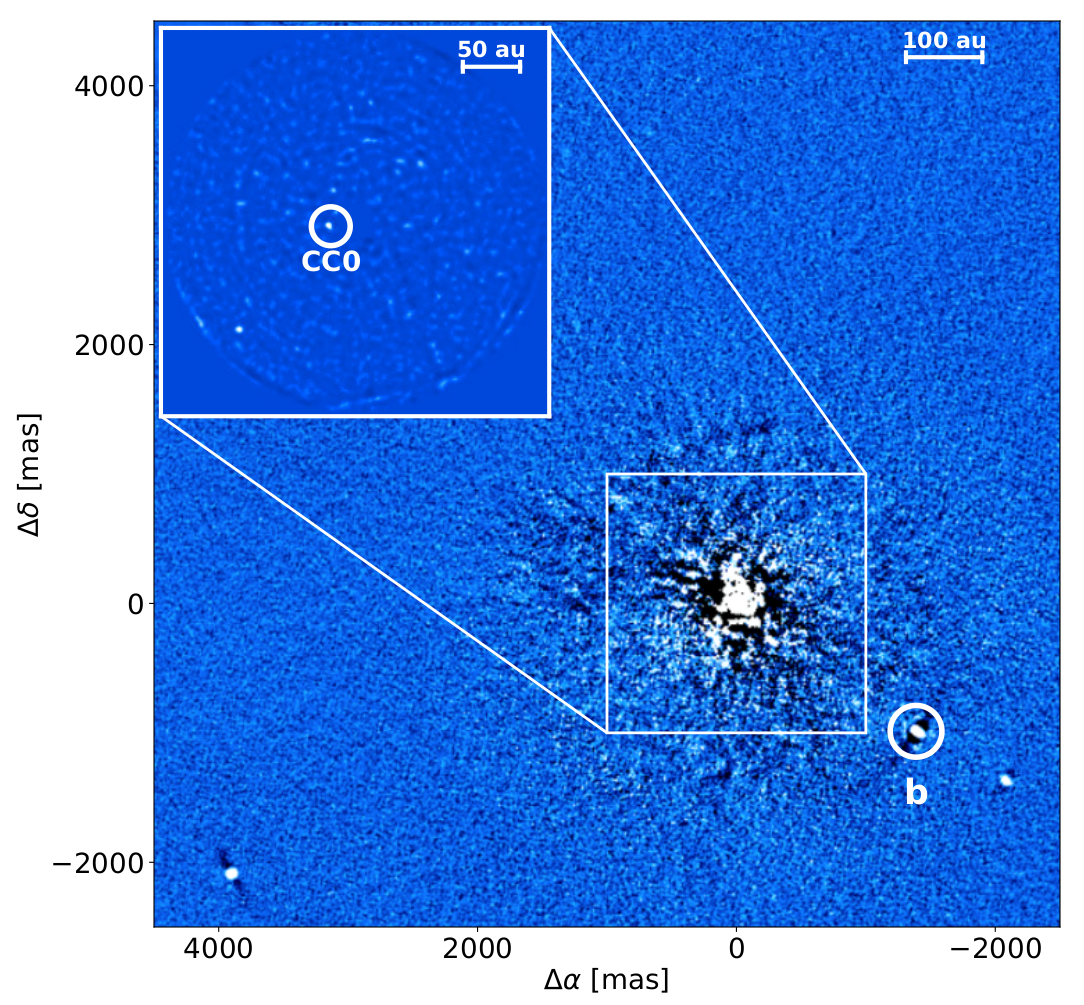The B-star exoplanet abundance study (BEAST): at the frontier of planet formation
- 1Dep. of Physics and Astronomy, University of Padova, Italy (vito.squicciarini@phd.unipd.it)
- 2Osservatorio Astronomico di Padova, Istituto Nazionale di Astrofisica, Padova, Italy


With a sample of 5000 objects at hand, exoplanet demographics is beginning to grasp key aspects of the physical mechanisms lurking beneath the multifaceted hues of the observed exoplanetary architectures. Ascertaining the dependence of planetary properties on stellar mass, and whether their very formation is possible even within the short-lived protoplanetary disks surrounding massive stars, compulsorily requires a complete and unbiased census of the exoplanet population. However, most exoplanet surveys have so far focused on stars not larger than the Sun, and 90% of known exoplanets are closer to their star than the Earth is to the Sun. This strong observational bias, connected to the preference of transits and radial velocities for close-in planets and low-mass stars, has recently started being alleviated by direct imaging, a technique that is instead preferentially sensitive to young giant planets in wide orbits. Radial velocity studies have found that the occurrence of giant planets is higher around more massive stars up to about 2 M_sun; an abrupt turnover is then observed, with the occurrence eventually falling to zero at M>3 M_sun. To clarify if this trend is real, or if a wide-orbit population of giant planets is escaping detection, we have started the B-star exoplanet abundance study (BEAST), a direct-imaging study based on the high-contrast capabilities of SPHERE@VLT. BEAST is looking for exoplanets around 85 B stars belonging to the young (5-30 Myr) Scorpius-Centaurus association. While the survey is still in progress, its early results -that I will show here- are already intriguing: even binary systems such as b Centauri (Janson et al. 2021), or stars doomed to explode as supernovae such as μ2 Scorpii (Squicciarini et al. 2022), can possess their planetary systems, challenging the predictions of conventional formation models.
How to cite: Squicciarini, V.: The B-star exoplanet abundance study (BEAST): at the frontier of planet formation, Europlanet Science Congress 2022, Granada, Spain, 18–23 Sep 2022, EPSC2022-158, https://doi.org/10.5194/epsc2022-158, 2022.

